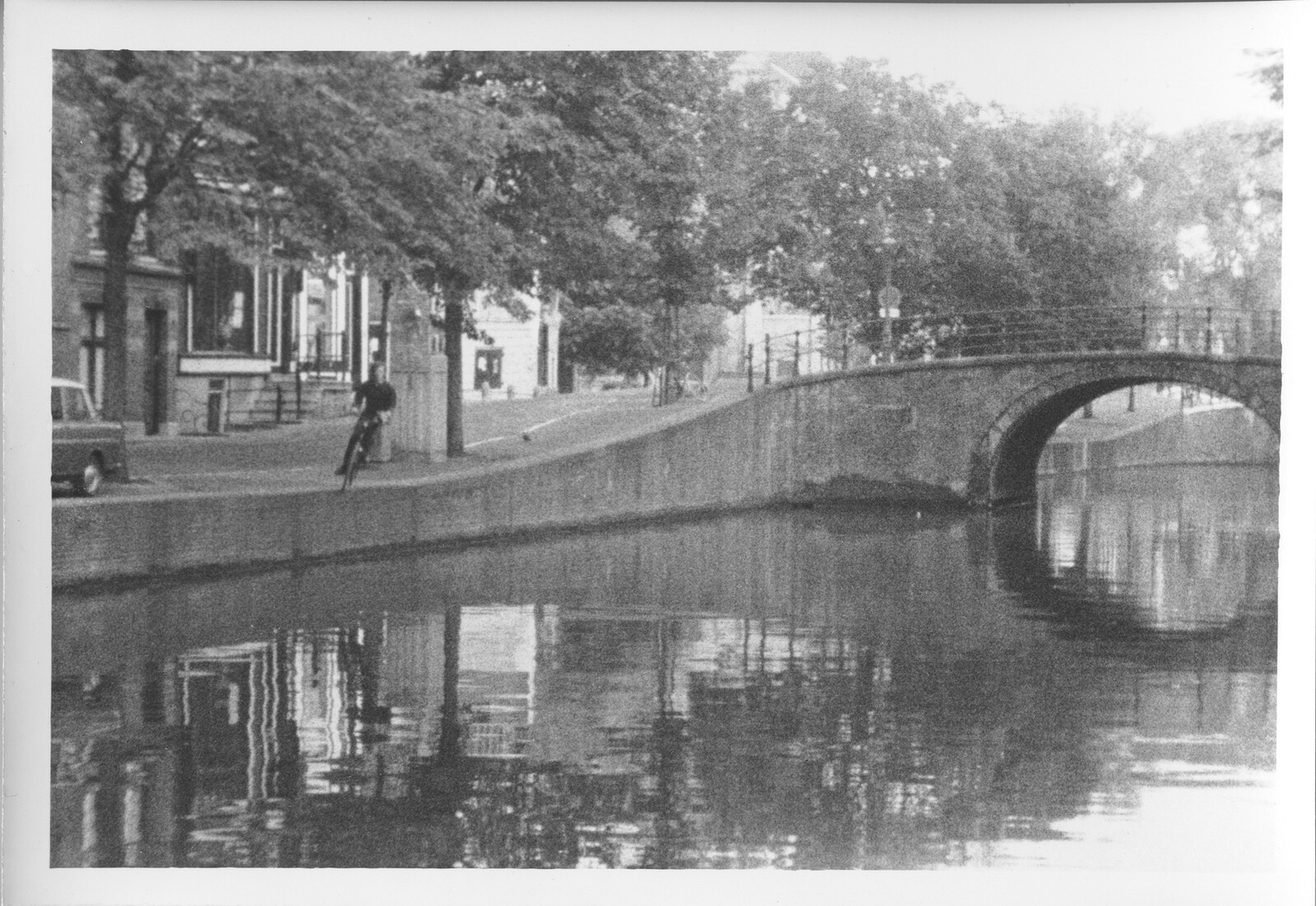June 9–September 18, 2016
Irmak Caddesi No: 13
Dolapdere Beyoğlu
34435 Istanbul
Turkey
T +90 212 708 5800
F +90 212 708 9800
info@arter.org.tr
Between June 9 and September 18, 2016, Arter presents a group exhibition entitled Not All That Falls Has Wings, bringing together works by Bas Jan Ader, Phyllida Barlow, Cyprien Gaillard, Ryan Gander, Mikhail Karikis & Uriel Orlow, VOID and Anne Wenzel. The exhibition, which revolves around the notions of “gravity” and “gravitas” has been devised by curator Selen Ansen as a journey without a prescribed direction.
The exhibition investigates the act of falling as more than a mere curse or a sign of impotence. Provided that all falls and keeps falling, the movement here points to a shared condition that ties the destiny of a dust particle with that of a word on the tip of a tongue. In this ground common to things tangible and ethereal, the exhibition seeks to highlight the productive force of a disorientating movement that bridges the unexpected and the mundane. Breaking from artistic conventions that are based on the sublimation of reality, falling makes it possible to trace an artistic gesture which creates the conditions for dealing with the surface, and coming to terms with the bottom—for falling and failing better.
Focusing on the equilibrium between rising and falling, the exhibition explores the permanence of downfall that affects individual trajectories, the products of human endeavour both artistic and physical, and even the course of societies. The works in the exhibition manifest the invisible forces of gravity working on small and large scales, and contextualise an all-time, trans-historical dynamic by offering post-mythical ascents and descents that are “contemporary” in the way that they bear witness to their own zeitgeist.
Phyllida Barlow creates a multi-layered “landscape” with two site-specific installations deriving from the notion of impact. While Barlow’s extensive sculptural intervention emphasises the physical forces and emotional tensions within the existing architecture, Mikhail Karikis and Uriel Orlow’s video installation Sounds from Beneath invites the audience to take a leap into the underworld by way of subterranean sounds from a disused coal mine, which surface with the memory that they convey.
Ryan Gander’s installation references the conceptual discord between Piet Mondrian and Theo Van Doesburg about the significance of the diagonal line, and translates it into a spatial struggle. Hundreds of black arrows, all of which seem to have been shot at varying angles, transform the existing gallery space into a battleground. This work in praise of a diversity of lines and paths provides a scene for fact and fiction to collide; a site where nothing actually falls other than the monopoly of verticality and certainty.
The exhibition also presents three 16mm films by Bas Jan Ader from his seminal “Fall” series. At the intersection of the literal and the poetical, Ader’s work stages the artist as a falling figure who successfully loses his footing and yields to the force of gravity. The gesture of falling that becomes repeatable at will in Ader’s films however never remains the same nor arrives at a conclusion. Familiar with immaterial phenomena such as sound, VOID takes moulds of a variety of urban surfaces in Istanbul and transforms them into audible objects. The duo invites the viewer to lend an ear to the memories and the traces that the city conceals.
Pointing at the kinship between fall and downfall, Cyprien Gaillard’s video-installation Pruitt Igoe Falls and Anne Wenzel’s immersive installation Silent Landscape revisit the concept of “the sublime.” While Wenzel’s installation, which consists of a mural, water, and submerged ceramic sculptures, confronts the audience with the disturbing, dark beauty of an unnamed disaster or what remains of it, Gaillard’s video that brings together silent shots of the heavy dust of a demolished building with the foam of the Niagara Falls re-enacts the aesthetics of ruins by merging it with the contemporary appetite for spectacle.
The exhibition is accompanied by a bilingual publication with texts by art historian Barış Acar and writer Emre Ayvaz, alongside Selen Ansen’s conceptual framework.
Selen Ansen (1975) is a curator & art theoretician based in Istanbul. She holds an MA in Modern Literature and Film Studies, and a PhD in Aesthetics. After teaching Philosophy and Aesthetics at Istanbul Bilgi University between 2009–2015, she joined the curatorial team at Arter in 2015. She has curated Berlinde de Bruyckere’s solo exhibition The Wound (Arter, 2012), Marc Quinn’s solo exhibition The Sleep of Reason (Arter, 2014) and a group exhibition with the title It takes two to make an accident (HISK, Belgium, 2015).



